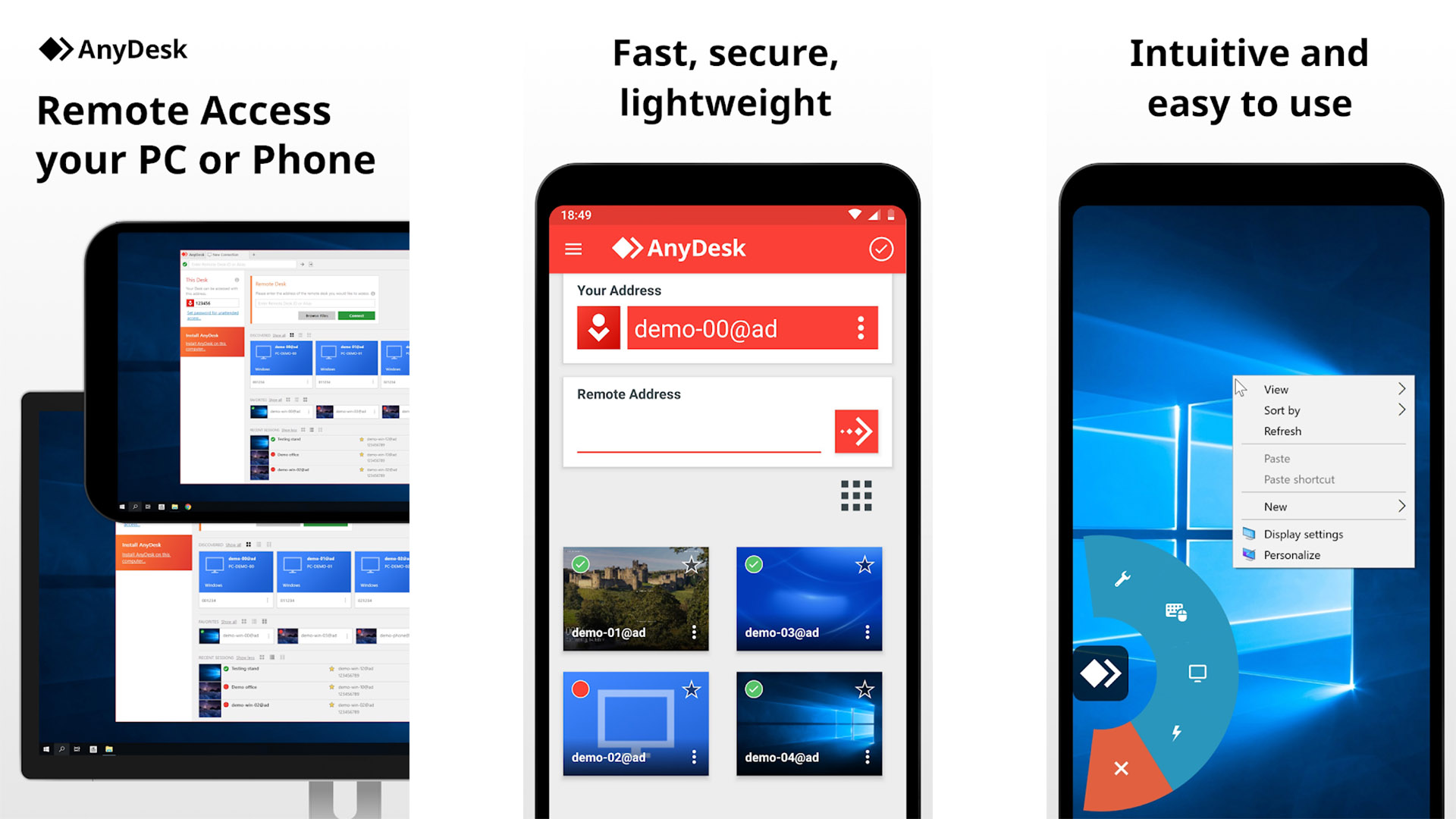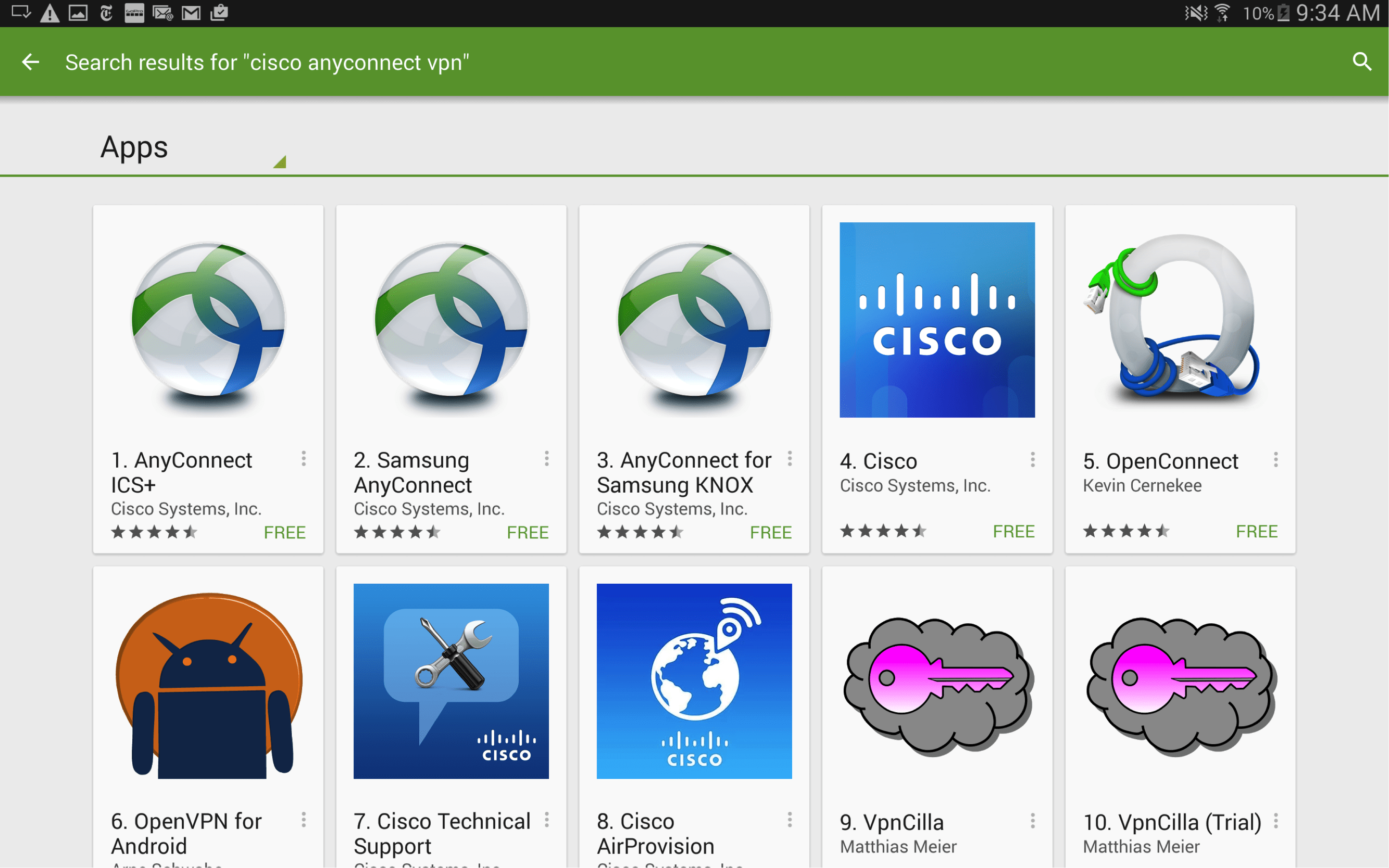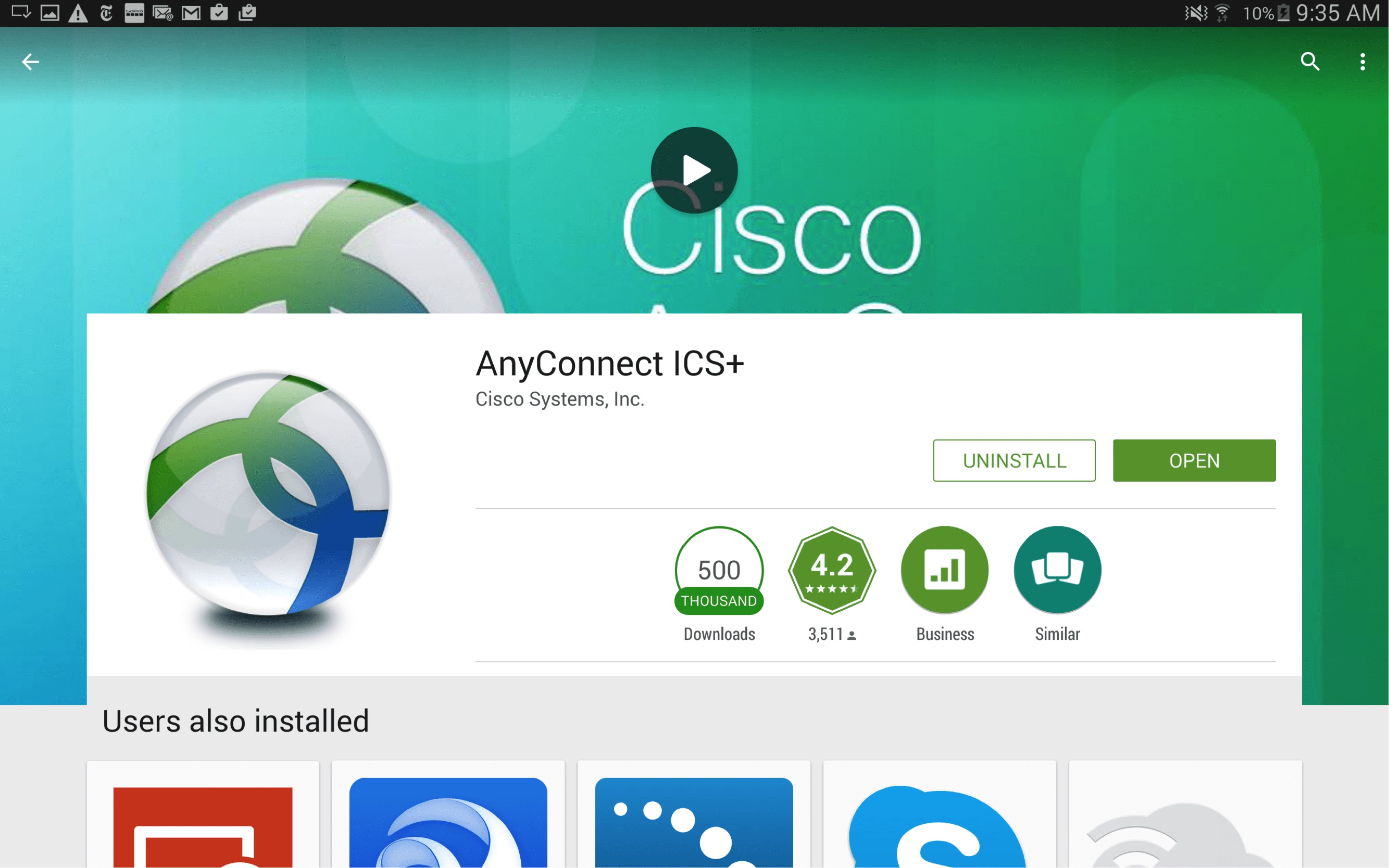Getting your devices to chat with each other, especially when they are far away and you need to get files from one to another, can feel a bit like setting up a secret handshake. It's a common need, perhaps you have a little sensor box out in the garden, or maybe a camera watching over something important, and you want to pull its recordings right to your Android phone. This kind of setup, where you securely connect remoteIoT P2P download Android, brings a lot of convenience, yet it also opens up some interesting questions about keeping everything locked down and private.
You see, when you are moving files around, especially sensitive bits of information, you want to make sure no one else can peek at them or mess with them. Think about how some folks need to send very private financial papers to their business contacts; they absolutely need a way to do that without worry. The same kind of care is needed when your smart gadgets are sending data directly to your phone. It is about making sure the path between your remote device and your Android is a private one, more or less.
There are quite a few things to think about when you are trying to securely connect remoteIoT P2P download Android. Sometimes, you might even run into little blockers, like your phone's system being a bit too cautious and stopping a download because it is not sure what it is. Or, you might find that the way your devices are talking to each other is using older, less safe methods, which is a bit like leaving a door ajar. We will go over some of the ways to make sure your remote IoT P2P downloads on Android are as safe as can be, and how to get past some of those common annoyances, too it's almost.
Table of Contents
- Why Keeping Remote IoT Connections Safe is a Big Deal
- How Does P2P Downloading Work on Android Devices?
- What Makes a Remote IoT Link Truly Secure?
- Are Your Remote IoT P2P Android Downloads Protected?
- What to Do When You Can't Securely Connect Remote IoT P2P Download Android?
Why Keeping Remote IoT Connections Safe is a Big Deal
When you have little gadgets spread out, doing their thing, they often gather bits of information that might be quite personal or even important for your home or small business. Getting this information back to your Android phone, especially if it is something like video from a security camera or readings from a smart meter, needs to be done with a lot of thought for safety. Just like when a business owner needs their clients to send them private papers, like tax forms or financial records, they want to be sure those papers go straight to them and no one else can get a peek. That, in a way, is the same feeling you should have about your remote IoT devices.
If you are trying to securely connect remoteIoT P2P download Android, you are essentially creating a direct path for data. This path, if not properly looked after, could be a spot where unwanted eyes might try to snoop. Think about someone scanning their important tax papers; if they did not put those scans into a protected folder right away, they might feel a little uneasy about their privacy. Your IoT devices, collecting data, are doing something similar. So, making sure that connection is sound and private is a really big deal, basically.
Making sure your remote IoT data stays private
The core idea here is keeping your bits of information away from prying eyes. This means making sure that when your remote IoT device sends something to your Android phone, or vice versa, the data is scrambled up so only your devices can make sense of it. It is a bit like putting a secret code on a message. If that code is strong, then even if someone intercepts the message, they cannot read it. This is a crucial step if you want to securely connect remoteIoT P2P download Android, so.
Beyond just scrambling the data, you also want to make sure that only your actual devices are allowed to talk to each other. This means setting up a way for them to confirm each other's identity, like a secret handshake or a password that only they know. If you do not do this, then some other device might try to pretend it is your IoT gadget or your phone, and that could lead to trouble. People often worry about how to share big, private files between different companies, and they often think about adding a password to the file itself. That same kind of careful thinking applies here, too it's almost.
How Does P2P Downloading Work on Android Devices?
When we talk about P2P, or "peer-to-peer," downloading, it means that your Android phone is getting files directly from another device, or "peer," rather than from a central server. Imagine two people sharing a picture by sending it directly to each other's phones, without using a big online storage service as a middleman. That is P2P in a nutshell. For remote IoT, this could mean your smart home hub sending a video clip straight to your phone, or a weather station sending its readings without going through a cloud service first. It is a way to get things done quickly and sometimes more privately, you know.
The way this works on an Android device usually involves a special app that helps manage these direct connections. This app helps your phone find the other device, set up the link, and then start pulling the files over. It is a bit different from just browsing a website and clicking a download button. Because it is a direct link, there are some unique things to consider, especially when you are trying to securely connect remoteIoT P2P download Android. Sometimes, your phone's system might even block these direct downloads if it is not sure about the source, much like how a computer browser might stop you from downloading an executable file if it thinks it is risky, apparently.
P2P download Android - what's happening behind the scenes?
When your Android device is doing a P2P download from a remote IoT gadget, it is setting up a direct communication channel. This channel needs to be stable and, more importantly, private. Think of it like a secret tunnel between your two devices. For this tunnel to be safe, both ends need to know who the other is, and the tunnel itself needs to be built with strong materials that cannot be easily broken into. This is where the security bits come into play for securely connect remoteIoT P2P download Android, really.
The app you use for the P2P connection handles a lot of the heavy lifting. It helps your phone "see" the remote IoT device, even if it is far away, and then manages the actual transfer of data. Sometimes, these apps might need special permissions on your Android phone to work correctly, like access to your storage or network. It is a good idea to understand what permissions these apps ask for, as that can affect how securely you connect remoteIoT P2P download Android. You might have seen how some browser settings can be a bit overprotective, making you click many times just to get a file. The goal here is to set things up so it is safe, but not so annoying that you cannot actually use it, as a matter of fact.
What Makes a Remote IoT Link Truly Secure?
A truly safe link, especially when you are trying to securely connect remoteIoT P2P download Android, relies on a couple of main things. First, it is about scrambling the information so no one can read it if they get their hands on it during the transfer. This is called encryption. It is like putting your important papers in a locked box before sending them. Second, it is about making sure that the device you are talking to is actually the device you think it is, and not some imposter. This is called authentication, and it is a bit like checking someone's ID before letting them into a private club. Both of these bits work together to build a strong, private connection.
You might have heard about websites that say "can't connect securely to this page" because they use older security settings. That is a good example of why keeping things up-to-date matters. For your remote IoT and Android, it is the same idea. You want to use the newest, strongest methods for scrambling and checking identities. If the system you are using for your remote IoT P2P download Android is using old ways, it is a bit like having a lock on your door that everyone knows how to pick. So, keeping an eye on the kind of security methods your devices and apps use is pretty important.
Steps to securely connect remote IoT devices
To make sure your remote IoT connections are sound, there are some practical steps you can take. One big step is to make sure any app or system you are using for your remote IoT P2P download Android uses strong encryption. Look for terms like "end-to-end encryption" or "TLS 1.2/1.3" when you are setting things up. This means the data is scrambled from the moment it leaves your IoT device until it arrives on your Android phone, and no one in between can read it. It is like putting your sensitive documents in a folder that is encrypted before you even think about sending them anywhere, basically.
Another important step is to set up good passwords and unique login details for both your remote IoT devices and the P2P app on your Android. Do not use the default passwords that come with the gadgets, as those are often widely known. Make them long and tricky for others to guess. Also, if your app or device offers it, turn on something called "two-factor authentication." This means you need two ways to prove who you are, like a password and a code sent to your phone. This makes it much harder for someone to get in, even if they somehow figure out your password. This helps you securely connect remoteIoT P2P download Android with greater peace of mind, you know.
Are Your Remote IoT P2P Android Downloads Protected?
It is a good question to ask yourself often: Is the stuff I am getting from my remote IoT device really safe when it lands on my Android? Sometimes, even if the connection itself seems okay, the way your phone handles the incoming file can be a bit of a worry. Just like how some computer browsers might block you from downloading certain types of files, even if you want them, your Android might have its own built-in protections. These are meant to keep you safe, but they can also make it tricky to get your legitimate files. So, understanding how your Android treats these downloads is part of making sure you securely connect remoteIoT P2P download Android.
Beyond the connection, the file itself needs to be handled with care. If you are getting a video or some sensor data, you want to make sure it has not been tampered with. Some systems offer a way to check the "integrity" of the file, which is like getting a special stamp that says the file has not been changed since it left the source. This is another layer of protection that helps ensure your remote IoT P2P Android downloads are truly protected, too it's almost.
Tips for a safer remote IoT P2P download Android experience
To make your remote IoT P2P Android experience as safe as can be, start by keeping your Android operating system and all your apps updated. These updates often include fixes for security holes that bad actors might try to use. It is a bit like keeping the locks on your house doors new and strong. Also, only download P2P apps from trusted places, like the official Google Play Store, to avoid getting fake or harmful versions. This is a very basic, but very important, step to securely connect remoteIoT P2P download Android.
Next, pay attention to the permissions that your P2P app asks for on your Android. Does it really need access to your contacts to send you a file from your remote camera? Probably not. Give apps only the permissions they absolutely need to do their job. This limits what they can do if they ever get compromised. Also, consider using a good security app on your Android phone that can scan incoming files for anything suspicious. This adds another layer of defense, especially when you are dealing with files that might come from less common sources, like some remote IoT devices, apparently.
What to Do When You Can't Securely Connect Remote IoT P2P Download Android?
Sometimes, despite your best efforts, you might hit a snag when trying to get your remote IoT device to talk to your Android phone for a P2P download. Perhaps the connection just will not happen, or your phone keeps blocking the file. This can be quite frustrating, a bit like when your browser keeps stopping you from downloading a file you know is safe, and you have to click through several menus just to get it. When you are trying to securely connect remoteIoT P2P download Android, these little hurdles can make the whole process feel like a chore, you know.
First, check the error message you are getting. Is it saying something about outdated security settings, like a website that cannot connect securely because its TLS settings are old? If so, you might need to update the firmware on your remote IoT device or the P2P app on your Android. Newer versions often have better security methods built in. If the issue is your Android blocking the download, look into your phone's security settings or the app's permissions. Sometimes, you might need to tell your phone explicitly that it is okay to download files from this particular app or source. This is often found in the "Apps" or "Security" sections of your Android settings, and you might need to allow "installation from unknown sources" for some P2P apps, though do so with caution, as a matter of fact.
Troubleshooting your remote IoT P2P Android connection
When you are trying to figure out why you cannot securely connect remoteIoT P2P download Android, start with the basics. Is both your remote IoT device and your Android phone connected to the internet, if that is needed for the P2P setup? Are they on the same local network, if that is how they are supposed to talk? Sometimes a simple restart of both devices can clear up temporary glitches. Also, double-check that the P2P app on your Android has all the necessary permissions. If it cannot access your network or storage, it will not be able to complete the download. You might have to go into your Android's app settings and manually grant those permissions, which is sometimes a bit hidden, so.
If the problem seems to be about security protocols, like an error mentioning "TLS security settings," it means the way your devices are trying to talk is not considered safe enough by one of them. This is often fixed by updating the software on both ends. Look for updates for your remote IoT device's operating system or firmware, and make sure your P2P app on Android is the latest version. If you are still stuck, sometimes looking up the specific error message online, or checking the support pages for your IoT device or P2P app, can give you a clue. There are many helpful communities out there where people share solutions to these kinds of issues, too it's almost.
A Quick Look Back
We have talked about why keeping your remote IoT connections safe is a big deal, especially when you are getting files directly to your Android phone. We looked at how P2P downloading works on Android and what happens when your devices are chatting behind the scenes. We also covered what makes a remote IoT link truly secure, including scrambling your information and making sure devices know who they are talking to. We went over how to check if your remote IoT P2P Android downloads are protected and shared some tips for a safer experience. Finally, we explored what you can do when you hit a wall and cannot securely connect remoteIoT P2P download Android, offering some ideas for troubleshooting your connection.



Detail Author:
- Name : Mrs. Alena Mayert DVM
- Username : hauck.aryanna
- Email : houston92@lang.com
- Birthdate : 1999-10-06
- Address : 88334 Ondricka Port Suite 295 North Sterling, DC 32039
- Phone : 458-940-7828
- Company : Block-Conroy
- Job : Licensed Practical Nurse
- Bio : Vel omnis quo at voluptatem. Quia fugiat unde maxime. Qui hic reiciendis beatae similique distinctio dignissimos porro.
Socials
facebook:
- url : https://facebook.com/rosalee9525
- username : rosalee9525
- bio : Voluptatem recusandae rem tenetur optio. Ad consequatur molestias amet culpa.
- followers : 2539
- following : 158
twitter:
- url : https://twitter.com/rosalee_real
- username : rosalee_real
- bio : Qui ea et quibusdam similique tempora a qui laborum. Nihil quia dolor neque non sint nostrum. Officiis vitae accusamus cum libero quis recusandae debitis.
- followers : 2264
- following : 2221
instagram:
- url : https://instagram.com/rosalee_effertz
- username : rosalee_effertz
- bio : Cum ab est ut dolor. Rerum similique placeat unde. Beatae a sed impedit dicta maxime.
- followers : 4026
- following : 539
tiktok:
- url : https://tiktok.com/@rosalee192
- username : rosalee192
- bio : Accusantium quia asperiores officiis.
- followers : 2250
- following : 563

